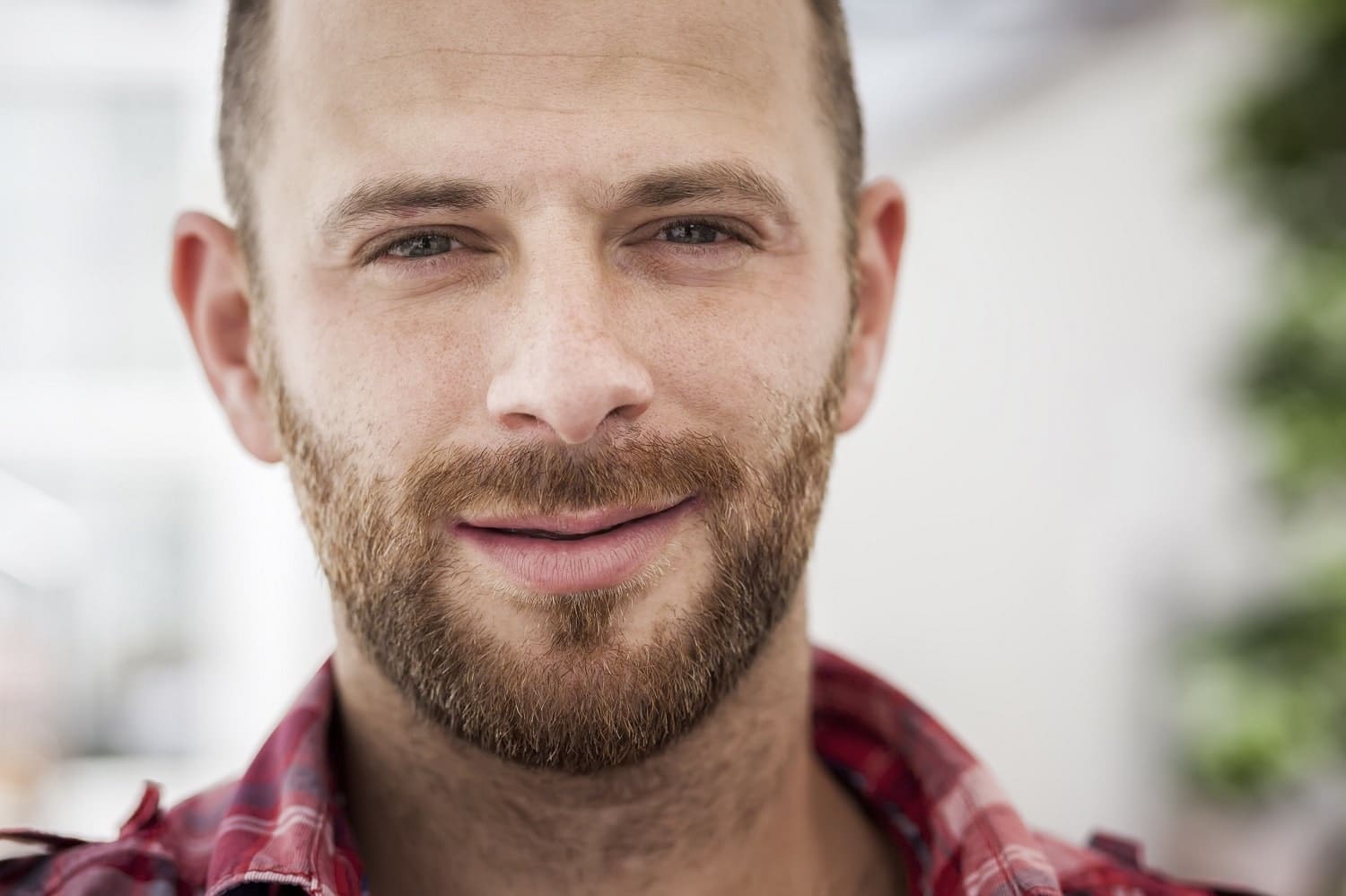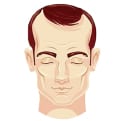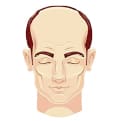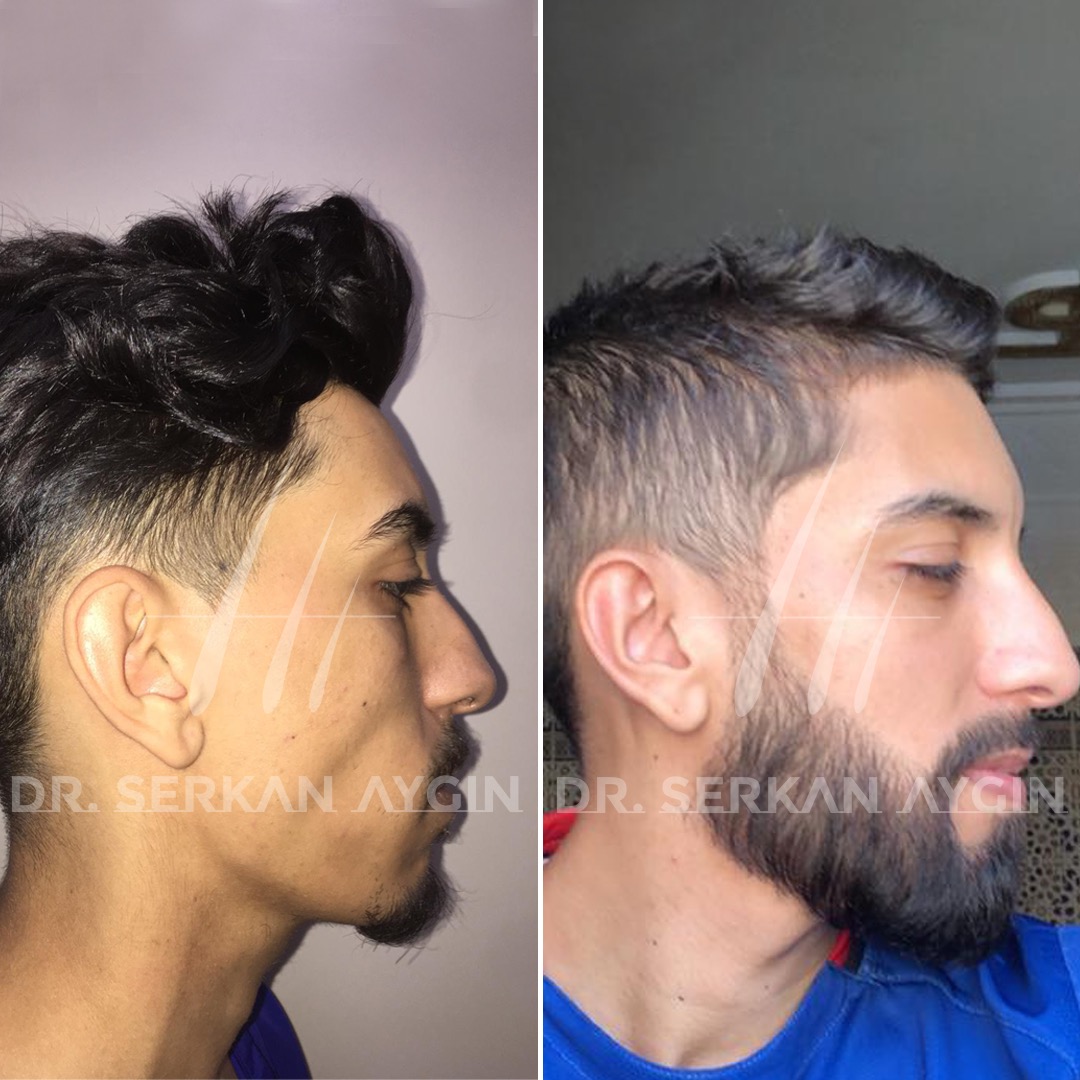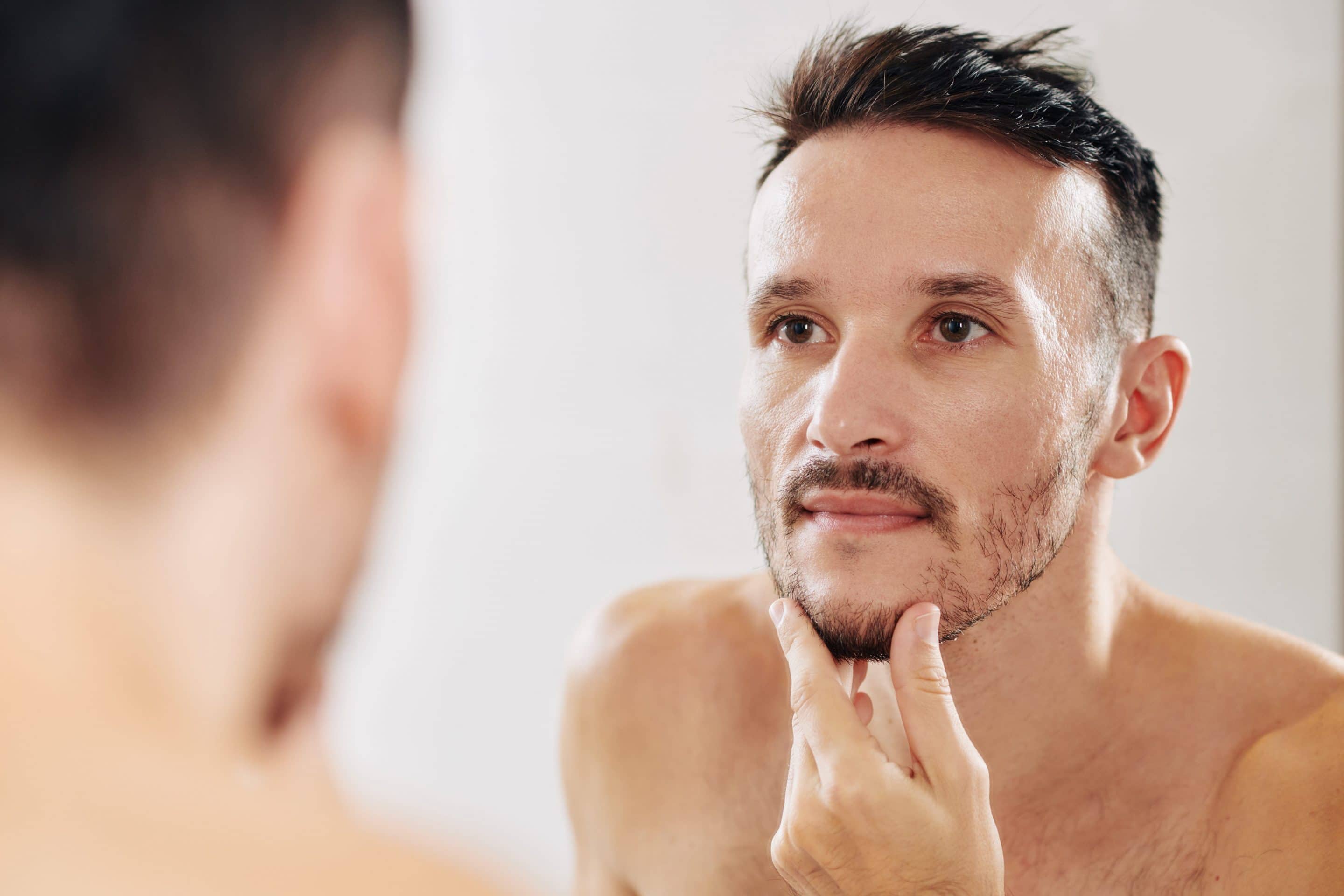A bald patch in the beard can be a frustrating experience for many men. Facial hair is often seen as a symbol of masculinity, and the inability to grow a full beard can be a source of insecurity for some. In this article, we will discuss the reasons behind beard hair loss and the various treatments available, including the beard transplant method offered by the Dr. Serkan Aygin Clinic.
Why does somebody have hair loss on the beard or why is it not growing fully?
There can be a few reasons behind beard hair loss. One of the most common reasons is an autoimmune condition called alopecia barbae. This condition causes hairless patches on the beard due to the immune system attacking the hair follicles. Another reason behind beard hair loss can be fungal infections, such as tinea barbae. In some cases, the hair loss can be due to male pattern baldness, a genetic condition that causes hair loss in both men and women.
How can you treat this hair loss and make the beard fuller?
Treating beard hair loss depends on the underlying cause. For fungal infections, antifungal medication can be prescribed to treat the infection and promote hair growth. For autoimmune conditions, such as alopecia barbae, treatment options include corticosteroids and immunosuppressants. However, these treatments can have side effects and may not always be effective. In cases of male pattern baldness, hair transplant surgery is an option, which involves transplanting hair follicles from other areas of the body to the beard area.
In addition to the treatments mentioned above, there are some other steps that you can take to promote beard hair growth and reduce the risk of hair loss. One important step is maintaining good hygiene. Regularly washing your beard with a mild shampoo can help prevent fungal infections and other conditions that can lead to hair loss. Additionally, taking care of your skin can also promote healthy hair growth. This includes exfoliating regularly to remove dead skin cells and using a moisturizer to keep the skin hydrated.
Another way to promote beard hair growth is to eat a healthy and balanced diet. A diet rich in protein, vitamins, and minerals can help nourish the hair follicles and promote healthy hair growth. Some foods that are particularly beneficial for hair health include eggs, nuts, spinach, and sweet potatoes.
Finally, avoiding stress can also help prevent hair loss. Stress can trigger the onset of autoimmune conditions, such as alopecia barbae, which can lead to beard hair loss. Finding ways to manage stress, such as through exercise, meditation, or counseling, can help reduce the risk of hair loss and promote overall health and well-being.
Introducing the Dr. Serkan Aygin Clinic and the DHI Method for beard transplants
The Dr. Serkan Aygin Clinic is a world-renowned hair transplant clinic, offering a range of hair transplant methods, including the Direct Hair Implantation (DHI) method for beard transplants. The DHI hair transplant involves extracting individual hair follicles from the donor area and implanting them directly into the beard area. This technique allows for a more natural-looking result, with minimal scarring.
The DHI method for beard transplants can be especially useful for those suffering from alopecia barbae or other autoimmune disorders. Alopecia barbae can cause hair loss in patches, resulting in an uneven beard growth pattern. The DHI method can help fill in these bald spots, creating a fuller, more even beard.
Symptoms of alopecia barbae and the risk of developing an autoimmune disease
Alopecia barbae is an autoimmune condition that can affect men of all ages. The condition is characterized by hairless patches on the beard area, often in circular or oval shapes. In some cases, there may be small hairs remaining in the affected areas, known as exclamation mark hairs. These hairs are narrower at the base than at the top, giving them an exclamation mark shape.
Those with a family history of autoimmune disorders may be at a higher risk of developing alopecia barbae. Additionally, certain environmental factors, such as stress, can trigger the onset of the condition.
Conclusion
Facial hair is an important aspect of a man’s appearance, and beard hair loss can be a source of frustration and insecurity. Understanding the reasons behind beard hair loss and the various treatments available is important for those looking to address the issue.
The Dr. Serkan Aygin Clinic offers the DHI method for beard transplants, which can be especially useful for those with autoimmune conditions, such as alopecia barbae. If you are experiencing bald patches in your beard and are looking for a solution, consider consulting with a hair transplant specialist to discuss your options.
